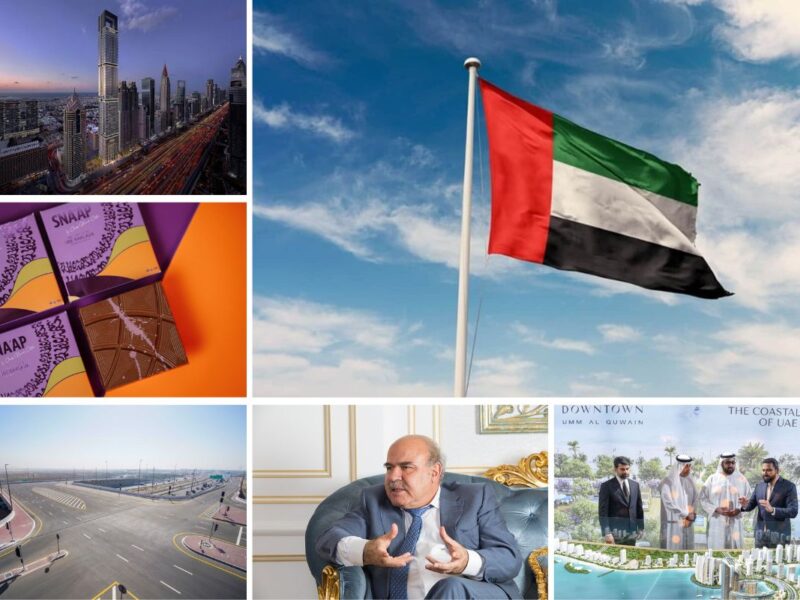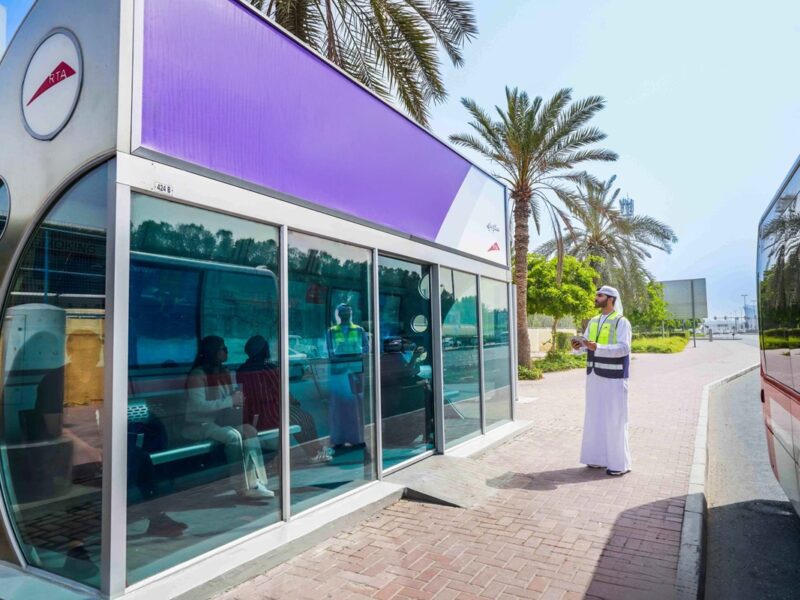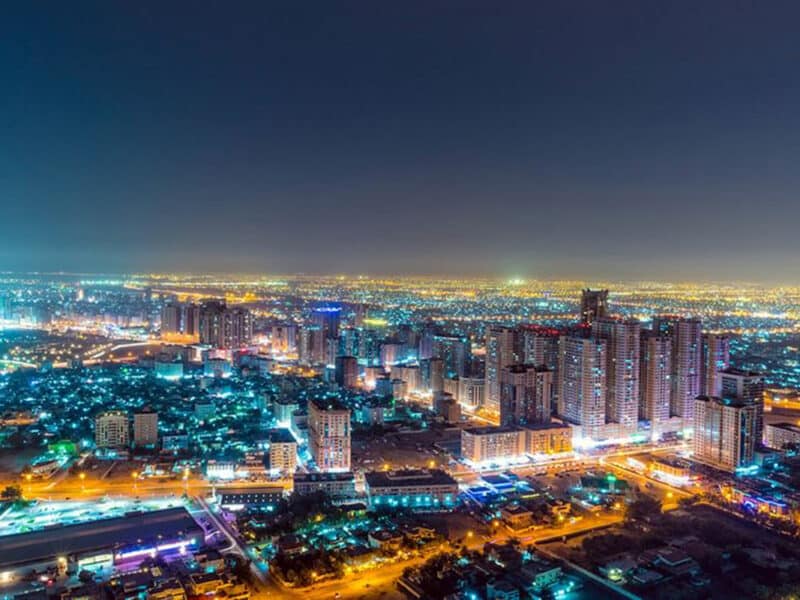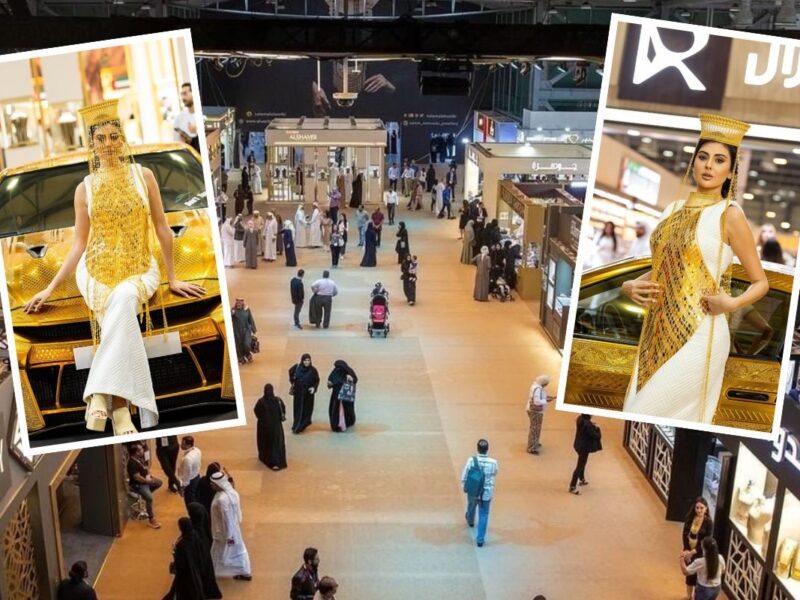Dubai is to build its most ambitious land reclamation plus waterfront development yet. It will be located along the last length of coastline that runs from Palm Jebel almost to the border of Abu Dhabi emirate.
“Contracts from the massive project are expected to stretch the construction sector, which already has a fairly heavy order book position,” says Fadi Chehabeddine, managing director of System Construct.
The 81 million m² Dubai Waterfront will have 10 zones and will incorporate Palm Jebel Ali as well as some 250 master planned communities — both onshore and offshore — including Al Burj, which developer Nakheel mysteriously says will be “one of the world’s tallest buildings”, without actually revealing the height.
Previously, Nakheel had planned ‘The Pinnacle’ (Issue 56) on the trunk of Palm Jumeirah as a possible contender for the world’s tallest title, but scrapped the plans apparently in favour of Al Burj, which will come up onshore on the Dubai Waterfront neck where the land joins the sea.
Onshore the project is at the mouth of the world’s longest man-made canal, the 75 km-long Arabian Canal, which will be excavated from near the Dubai Marina area. It will flow deep inland around the huge area earmarked for Jebel Ali International Airport and curve to enter the sea again at the outer end of Palm Jebel Ali. Dubai Waterfront forms the first phase of the larger Arabian Canal effort.
The delta forms the base from which Dubai Waterfront will extend several kilometers out into the sea, far beyond Palm Jebel Ali. The palm will form about a fifth of the massive reclaimed component of the project. The Dubai Waterfront took two years to plan and is bigger than Manhattan and Beirut in size.
The project will add some 600 km of roads (more than the distance between Dubai and Bahrain), including 370 km of internal canals and waterways (nine times the length of the canal network in Venice and five times of that in Amsterdam). It will involve 15 times the volume excavated for the construction of the original Suez Canal. Some 5 km² of coral reef will be created — comparable to 1000 football pitches — and an additional 850 km of new waterfront will be formed which is equivalent to 12 times the existing Dubai coastline (excluding Palm Jumeirah).
A team of consultants, architects, engineers and city planners has been assembled to develop the master plan, assess its feasibility, and structure the financing of the project’s development. Dubai Waterfront will be developed over the next five to ten years with primary infrastructure being completed within five years. It will be developed in stages over a number of years with each phase being independently viable, and there are plans to incorporate a free zone within the complex.
Projects will commence once the detailed design is completed; the first works relating to the construction of basic infrastructure will be announced shortly and bidding and tenders will be invited later. Work on the basic infrastructure is expected to start within the first half of this year. The basic infrastructure will have three main elements: expansion and extension of the waterfront; roads, electricity, water supply and sewage system; and preparing the site for development work.
Dubai’s most ambitious project yet aims to fill part of the projected demand for residential units and commercial space as well as providing a channel to investors. Dubai Waterfront will provide accommodation for up to 750 000 persons.
The first phase of Dubai Waterfront will focus on Madinat Al Arab, an urban centre that will include Al Burj. Plans also include Hydropolis, the world’s first large scale undersea hotel. There are some 150-200 hotel plots, however these can be merged into larger resorts, with the actual number of hotels likely to be less.
The project was unveiled in Dubai by H.H. General Sheikh Mohammed bin Rashid Al Maktoum, Crown Prince of Dubai and UAE Minister of Defence. “The Dubai Waterfront centres around water, something we consider perpetually valuable and precious. It is an unprecedented advancement and a world-class addition to Dubai, and one that will create long-term growth and investment for the UAE and the wider region. We are inviting developers to benefit by being partners with Nakheel,” Sheikh Mohammed stated.
Nakheel has created Dubai Waterfront Company for the project. It will be the majority owner, offering 49% to select investors. It has also set up a Board of Investment, which will promote and facilitate investment in the project for those who wish to purchase equity in the company and plots. The company will introduce (for the first time in Dubai) a one-stop concept to integrate development permits and trade licensing; this means investors will be able to sell the land for capital gains. They will also get land in preferential locations at a discount to the price offered to the public.
Sultan Ahmed bin Sulayem, executive chairman of Nakheel pointed out that although the Arabian Canal is an independent project, it will also be developed by Nakheel.He said Dubai Waterfront Company will invest “billions of dollars” in bringing the land to a serviced level and will also invest funds for the master planning, marketing and feasibility assessment. Sales of plots will start later this year.







